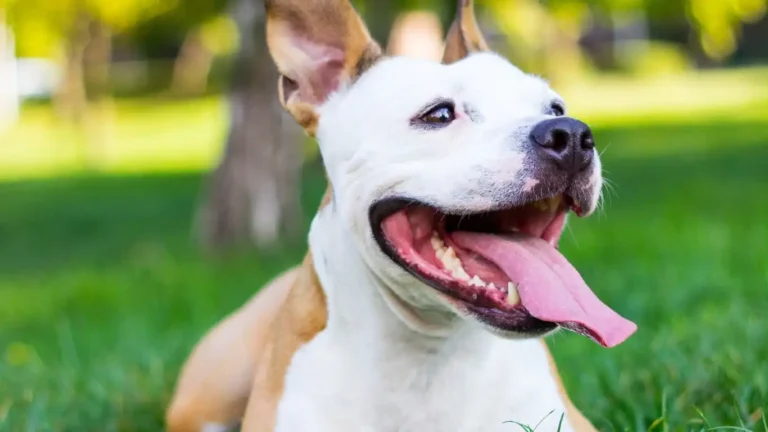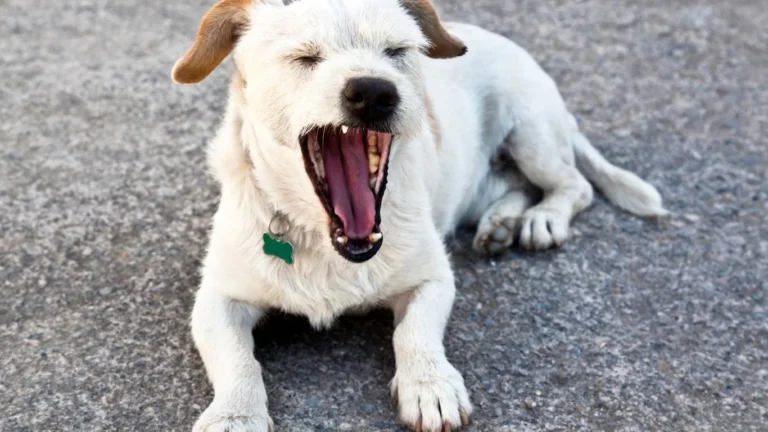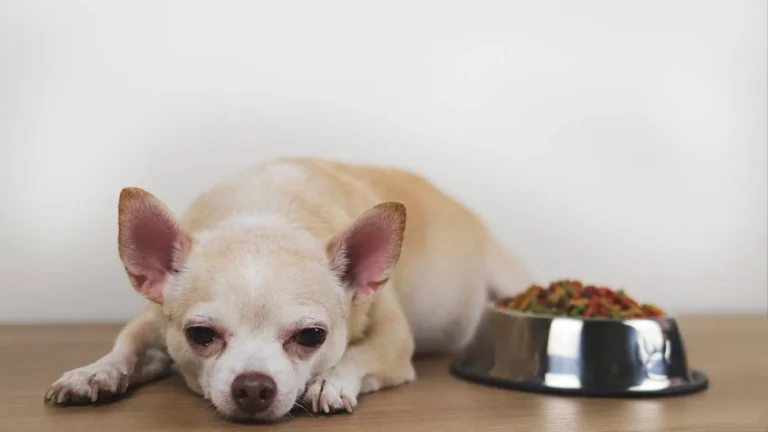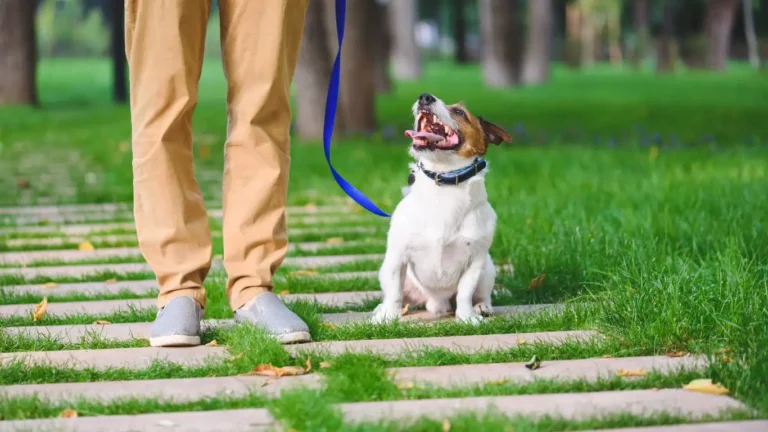How to Soothe Your Dog’s Sore Paws After Walking: Quick Relief Tips
Walking your dog is one of the best bonding activities you can do with your furry friend, but sometimes, those long walks can leave your dog with sore paws. If you’re wondering how to soothe your dog’s sore paws after walking, you’re not alone. As a Pet Nutritionist and pet care expert in veterinary clinics, I’ve seen countless dogs come in with tender feet, especially after intense walks or adventures on hot pavement or rough terrain. In fact, it’s a common issue that many pet owners overlook. But don’t worry, I’ve got you covered! In this guide, I’ll share some simple and effective ways to ease your dog’s discomfort and help them get back to enjoying their walks.
Signs Your Dog’s Paws Need Attention
Before diving into how to soothe your dog’s sore paws, it’s important to know the signs that indicate your dog may need some relief. While dogs are pretty tough, they can’t always communicate when something’s bothering them, so it’s crucial to pay attention to subtle clues. You might notice your dog limping, licking their paws more than usual, or even avoiding walking altogether. If your dog suddenly becomes hesitant to walk after a long stroll or seems extra fussy when you touch their paws, it’s time to take a closer look.
Common Symptoms of Sore Paws
- Limping – If your dog is walking with a noticeable limp or avoids putting pressure on one or more paws, this could be a sign of soreness.
- Excessive licking or chewing – Dogs often lick their paws when they’re trying to soothe an irritation or pain.
- Reluctance to walk – If your dog refuses to walk or seems uncomfortable when you try to go outside, it could be due to sore paws.
- Redness or swelling – Check for any visible signs of irritation like redness or swelling, especially between the paw pads.
- Visible cuts or abrasions – Sometimes, rough or hot surfaces can cause small cuts or abrasions that make your dog’s paws sore.
Why Do Dogs Get Sore Paws After Walking?
There are a number of reasons why your dog might experience sore paws after walking. Understanding these causes can help you prevent future discomfort and treat it more effectively. One common cause is walking on rough surfaces, such as rocky paths or harsh pavement. Just like our feet can get sore from walking on hard, uneven surfaces, your dog’s paws can suffer too. Another culprit is extreme weather conditions, whether it’s the heat of summer causing burns on hot pavement or cold, icy conditions that make their pads crack and bleed.
Additionally, overexertion can lead to sore paws. If you’ve been taking your dog on long, intense walks or hikes that are more strenuous than usual, their paws may not be used to the pressure and may become irritated. It’s also important to note that some dogs have more sensitive paws than others. Breeds with thin or soft paw pads, like Greyhounds or Dachshunds, are more likely to experience discomfort after long walks. So, if your dog falls into this category, it’s essential to be extra cautious when choosing walking routes and distances.
How to Prevent Sore Paws in the Future
While it’s impossible to completely avoid all potential risks, there are several things you can do to help prevent sore paws and keep your dog comfortable during walks. Here are some simple steps:
- Choose appropriate walking routes: Avoid walking on extremely hot pavement or rough, rocky trails. Stick to softer ground like grass or dirt paths whenever possible.
- Limit long walks during extreme weather: Be mindful of temperature changes, especially during summer or winter. Early mornings or late evenings are the best times for walks when the pavement is cooler.
- Use protective paw balm: Consider applying a natural paw balm to your dog’s paw pads before walks to provide a layer of protection against rough terrain and heat.
- Gradually increase walk intensity: If you’re planning on taking your dog on a long hike or walk, build up their stamina slowly so their paws can adjust to the increased strain.
Immediate Steps to Soothe Sore Paws

If you’re already dealing with sore paws after a walk, don’t panic! There are a number of steps you can take right at home to provide relief for your dog’s tired feet. Here are a few tried-and-true methods that I recommend based on my own experience working with pets in veterinary clinics:
1. Check the Paws for Cuts or Debris
Before you do anything else, make sure to thoroughly check your dog’s paws for any visible injuries. Grit, rocks, or even small cuts can cause pain and discomfort. Gently separate their toes and look between the paw pads to remove any debris. Be careful not to hurt your dog while doing this—if they’re particularly sensitive, consider doing this step in a quiet, calm environment with plenty of treats on hand for positive reinforcement.
2. Soak Their Paws in Lukewarm Water
A soothing foot soak can work wonders for sore paws. Fill a small basin with lukewarm water (not hot!) and gently immerse your dog’s paws for 5-10 minutes. This will help clean the area and soothe any irritation. If your dog’s paws are particularly inflamed, you can add a bit of Epsom salts to the water to reduce swelling and encourage healing.
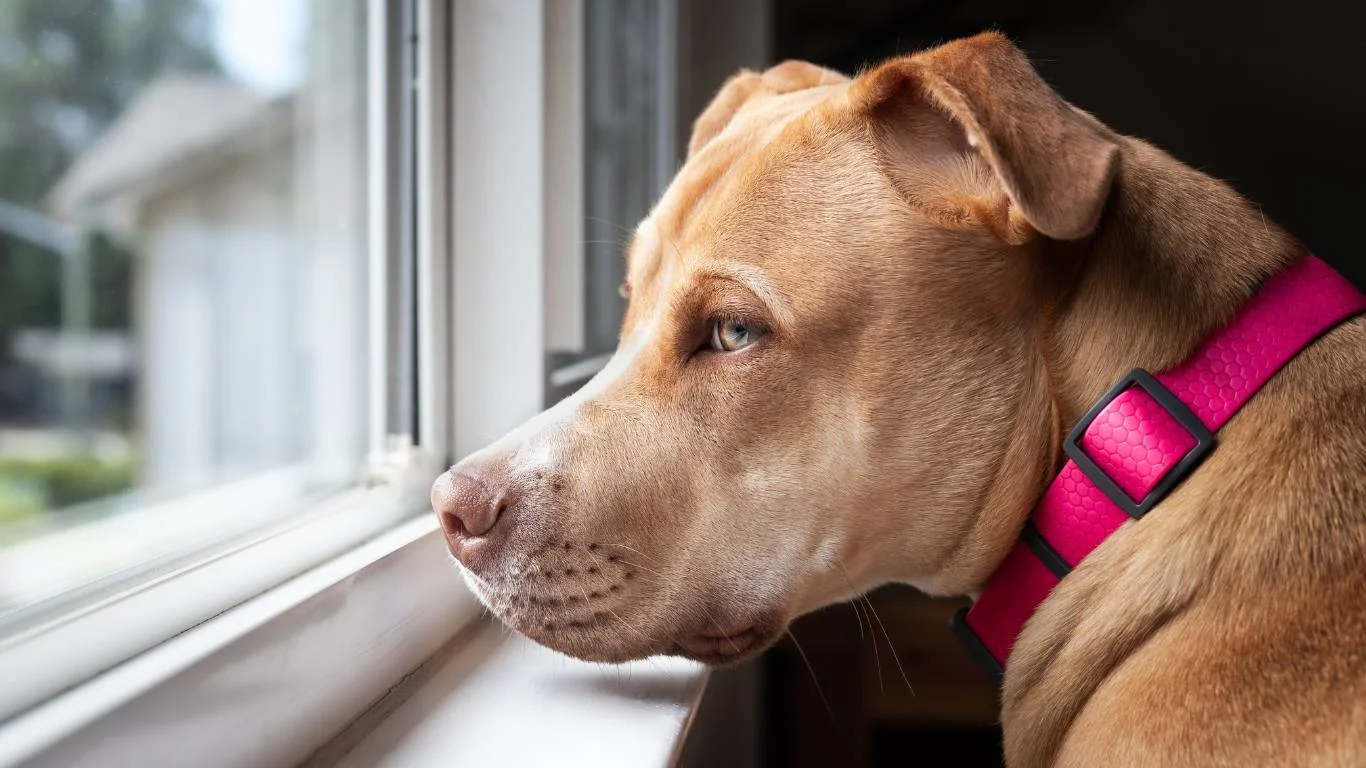
Stay tuned for more tips and treatments in the next section!
Using Natural Remedies to Soothe Sore Paws
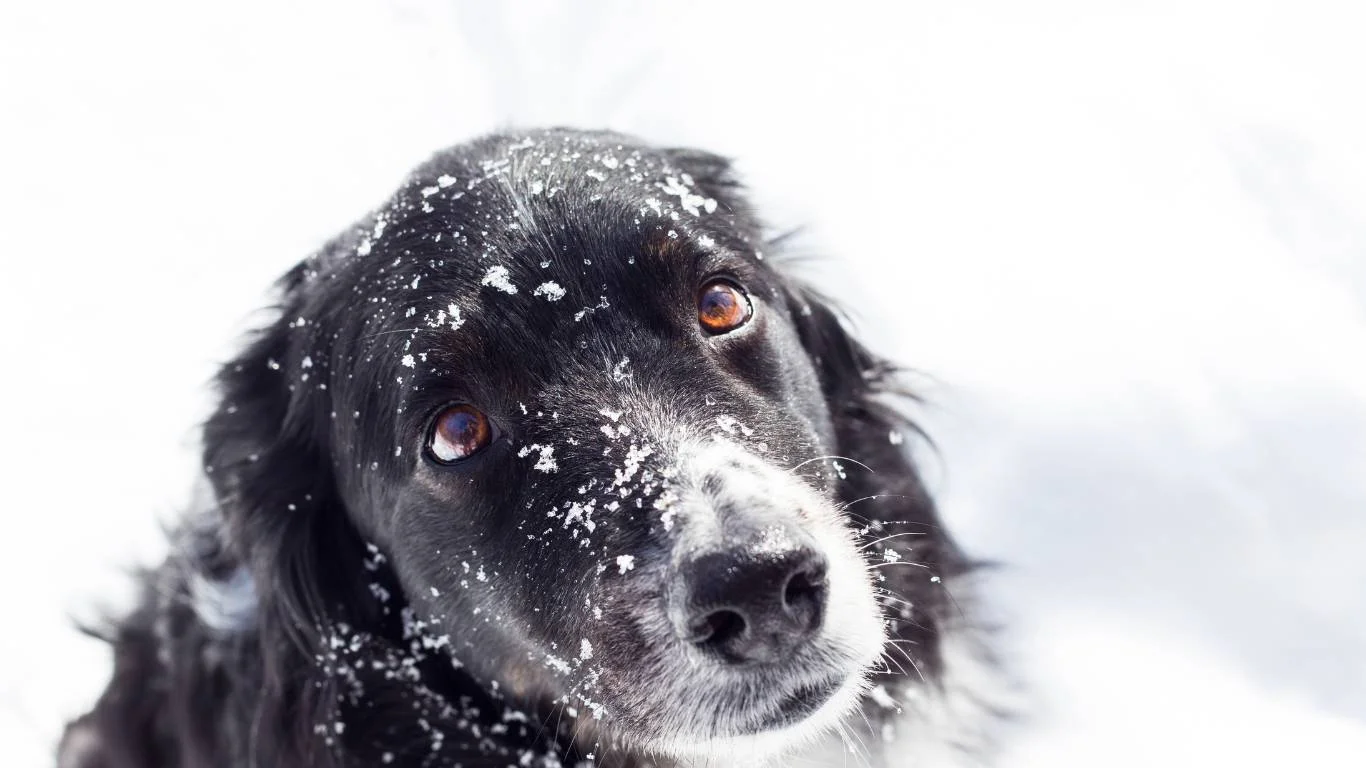
Once you’ve checked your dog’s paws and provided them with an initial soak, it’s time to dive into some natural remedies that I personally swear by. These simple solutions are gentle, effective, and can really help speed up the healing process. Over the years, I’ve worked with many pet owners to soothe their dogs’ sore paws naturally, and I’ve seen firsthand how well these methods work.
1. Coconut Oil for Moisturizing
Coconut oil is one of the most versatile and natural remedies for dry, cracked paws. It’s packed with antibacterial and anti-inflammatory properties, making it an excellent choice for healing sore paws. The fatty acids in coconut oil also help to lock in moisture, which is especially important if your dog’s paw pads are cracked or dry from walking on hot pavement or icy ground.
To apply, just scoop a small amount of coconut oil with your fingers and gently rub it into your dog’s paw pads. You can also massage it between their toes for extra relief. Be sure to choose organic, cold-pressed coconut oil for the best quality. I’ve found that most dogs love the smell, and it’s a great way to give your pet a little pampering session!
2. Aloe Vera for Healing and Cooling
If your dog’s paws are red or inflamed from exposure to rough surfaces or extreme temperatures, aloe vera can be a real lifesaver. This soothing gel helps to reduce redness and promotes healing of minor abrasions and burns. It’s especially useful if your dog has been walking on hot pavements during the summer months.
Simply apply a small amount of pure aloe vera gel directly onto your dog’s sore paws. I recommend using aloe vera that’s free from any added alcohol or chemicals, as these can be irritating to your dog’s skin. If your dog is prone to licking their paws immediately after you apply the aloe, you might want to distract them with a treat or a toy to prevent them from licking it off too soon.
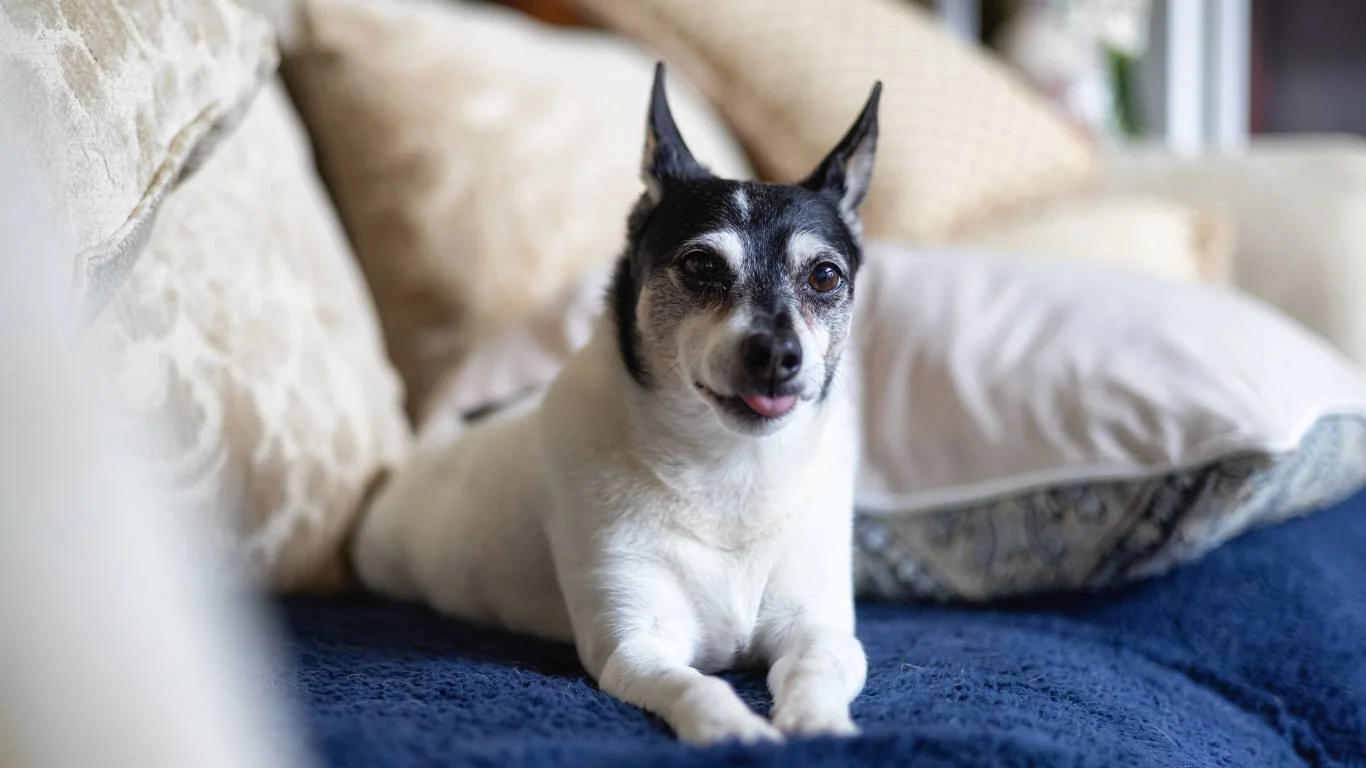
Protective Boots for Extra Paw Care
If your dog’s paws are particularly sensitive or they’re prone to sore feet after walks, investing in some protective boots can be a real game changer. I’ve recommended dog boots to countless pet owners, and I’ve seen them make a huge difference in preventing sore paws. These boots act as a barrier between your dog’s paws and the ground, protecting them from rough terrain, sharp objects, and extreme temperatures.
How to Choose the Right Dog Boots
Not all dog boots are created equal, so it’s essential to choose the right one for your dog’s needs. When looking for boots, consider the following:
- Comfort: The boots should fit snugly but not be too tight. If the boots are too loose, they might rub against your dog’s paws and cause discomfort. If they’re too tight, they could restrict circulation.
- Breathability: Look for boots made from breathable materials like mesh or canvas. This will help prevent your dog’s paws from getting too sweaty or irritated inside the boots.
- Durability: If you plan on taking your dog on long walks or hikes, make sure the boots are made from durable materials that can handle rough surfaces.
- Non-slip soles: Boots with non-slip soles will help your dog maintain traction on slippery surfaces, making them feel more confident while walking.
Some dogs need a little time to get used to wearing boots, so don’t be discouraged if your dog doesn’t take to them immediately. Start by letting them wear the boots around the house for short periods, and gradually increase the time until they’re comfortable with them during walks.
Creating a Sore Paw Recovery Routine
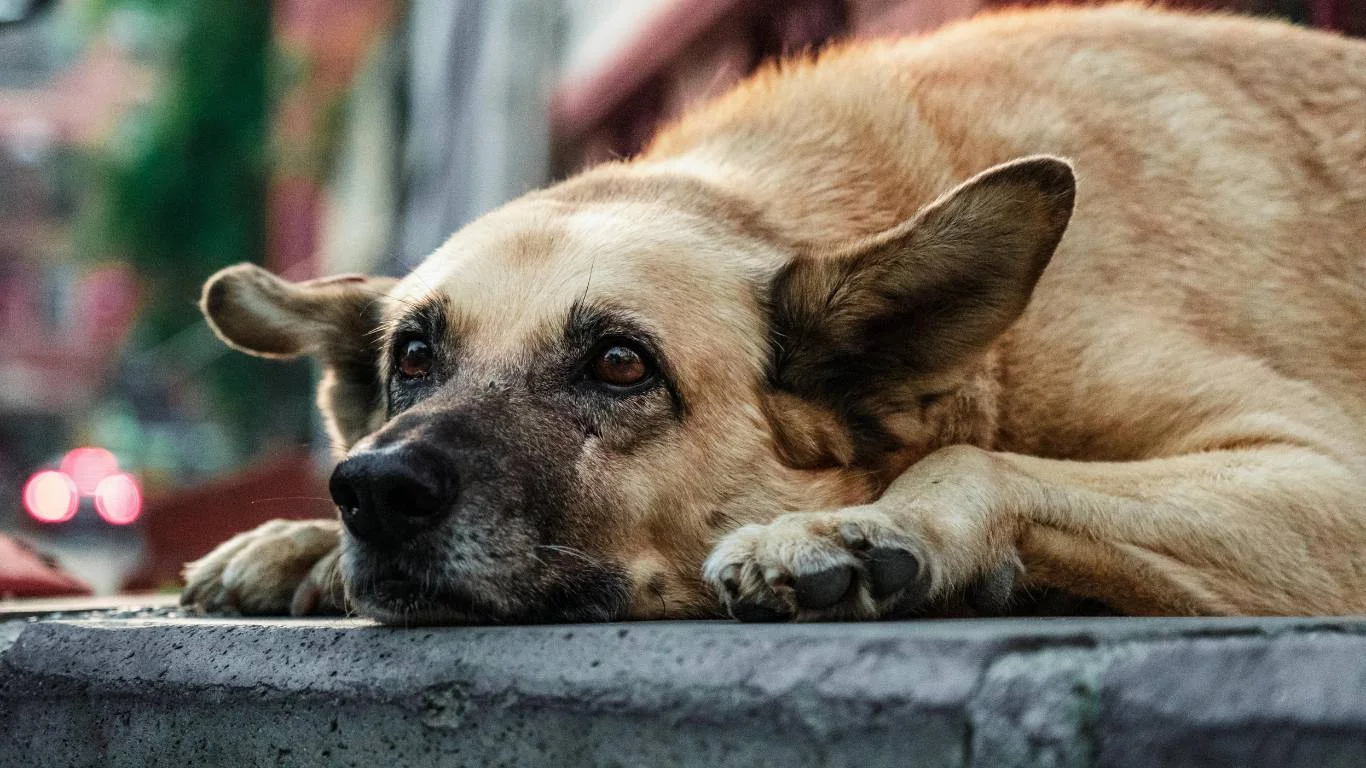
Once you’ve addressed your dog’s sore paws with the remedies and steps mentioned above, it’s essential to create a recovery routine to help them heal properly. This routine should be both preventive and restorative. Here’s how I approach it with my clients in the clinic:
1. Rest and Recovery Time
Just like humans, dogs need time to recover after a strenuous walk, especially if their paws are sore. Avoid long walks or high-energy activities for a few days to allow their paws to heal. You can still give them shorter, gentle walks on softer surfaces like grass, but try to keep it light. During this downtime, make sure your dog has a comfortable, soft place to rest and plenty of fresh water to stay hydrated.
2. Paw Massage
A gentle paw massage can go a long way in promoting circulation and healing. Use your fingers to gently massage the pads of your dog’s paws, being careful not to press too hard on any areas that might be sore. This not only helps with circulation but can also relax your dog and reduce stress, making it easier for them to heal. Plus, who doesn’t love a good paw rub? I’ve found that many dogs enjoy it once they realize it’s helping them feel better!
3. Follow-Up with Regular Paw Checks
Even after your dog’s paws seem to have healed, it’s a good idea to keep an eye on them. After every walk, check for any signs of wear and tear—especially in the areas between the pads and toes, which can often hide small cuts or irritations. This simple routine can help you catch any potential issues early, before they become bigger problems.
Taking care of your dog’s paws after walks doesn’t have to be a stressful or complicated process. With the right tools and techniques, you can ensure that their paws stay healthy, strong, and comfortable. Whether you choose natural remedies, protective boots, or a simple massage, these small steps can make a big difference in your dog’s well-being. As a pet nutritionist and care expert, my main goal is to help both you and your dog enjoy those walks together without worry—so keep these tips in mind, and your dog will be back to running around in no time!
Case Studies & Real-Life Examples
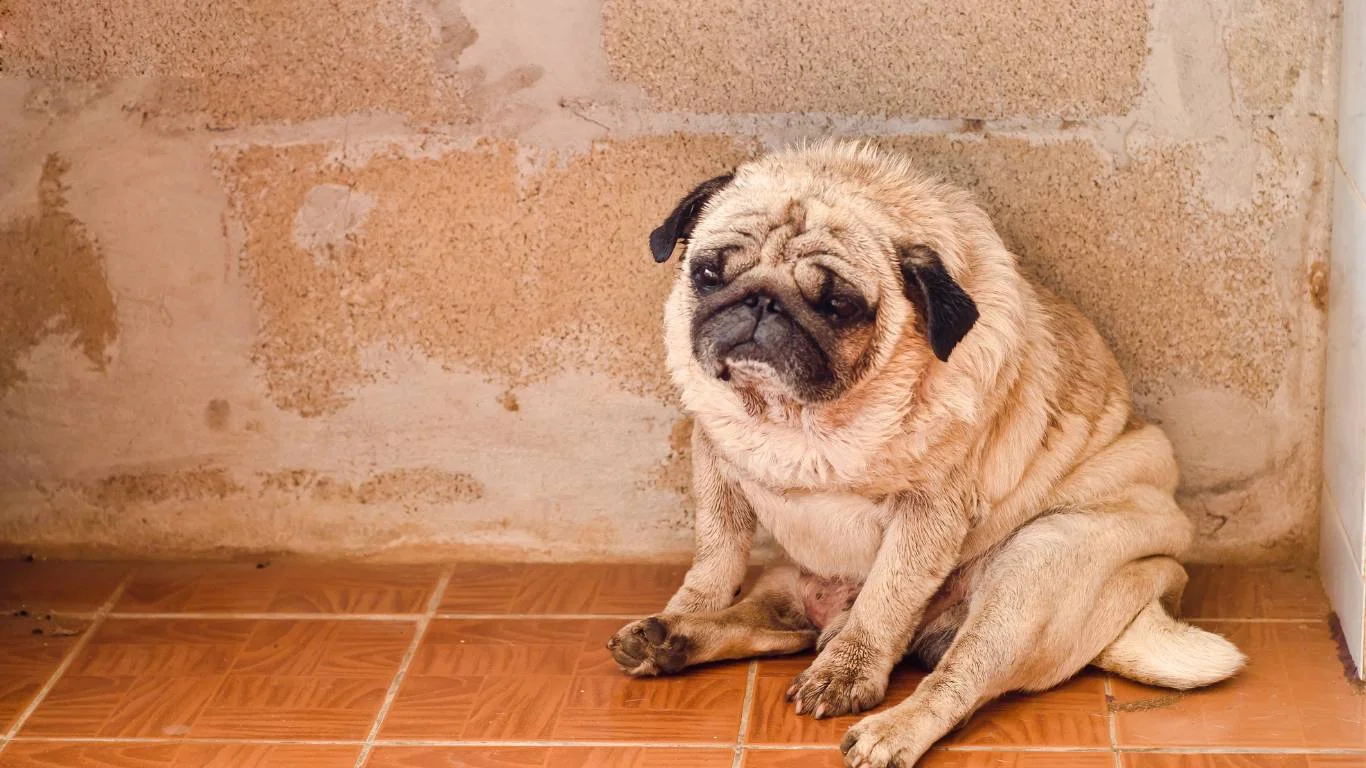
As a pet nutritionist and care expert, I’ve had the privilege of helping numerous dogs and their owners manage sore paws after walks. Let me share a couple of real-life examples that showcase just how effective some of the techniques and remedies I’ve discussed can be.
Case Study 1: Luna the Labrador
Luna, a 3-year-old Labrador Retriever, came to my clinic one summer afternoon after her owners noticed that she had started limping during their daily walks. They didn’t think much of it at first, but after a few days, Luna became increasingly reluctant to walk, and they noticed her licking her paws excessively.
Upon examination, I found that Luna had minor burns on the pads of her paws due to walking on the hot pavement during the peak hours of the afternoon sun. I recommended a combination of a soothing Epsom salt soak and coconut oil to help heal the burns and prevent infection. Luna’s owners followed my advice, and within a week, she was back to her usual energetic self, enjoying her walks without hesitation. I also advised them to limit walks to early morning or evening hours and recommended using paw balm for extra protection when the temperatures were high.
Case Study 2: Max the Greyhound
Max, a 5-year-old Greyhound, had always been a bit sensitive when it came to his paws. His owners took him on long walks in the park, but after one particularly rough hike, Max started limping and chewing at his paws. Upon inspection, I found that Max had a small cut between two of his paw pads and some visible irritation from walking on rough terrain.
In this case, I recommended a mix of aloe vera gel to soothe the irritation, followed by a gentle paw massage to promote circulation and healing. Max’s owners were diligent about keeping the paw clean and even decided to invest in some boots for future hikes to prevent any further injuries. Within a few days, Max was walking without pain, and his owners were more confident in how to take care of his sensitive paws.
These cases illustrate the importance of paying attention to subtle signs of paw discomfort and taking action quickly. Whether it’s a hot pavement burn or a small cut from rough terrain, the right treatment can make a world of difference for your dog’s comfort and mobility.
Key Takeaways: What You Need to Remember
When it comes to caring for your dog’s sore paws after walks, there are a few key takeaways to keep in mind:
- Act quickly: If you notice any signs of soreness, like limping or excessive licking, address the issue right away to prevent further irritation or injury.
- Use natural remedies: Natural remedies like coconut oil and aloe vera can be incredibly effective for soothing and healing sore paws. Just make sure to choose high-quality products.
- Prevention is key: Protect your dog’s paws with paw balm or boots, especially during extreme weather conditions or rough terrain. Taking preventative measures can save you a lot of trouble in the long run.
- Monitor paw health: Regularly check your dog’s paws for signs of wear, cuts, or irritation, especially after long walks or hikes. The more proactive you are, the less likely you’ll face serious issues down the road.
- Know when to consult a vet: If your dog’s paws are severely injured, infected, or showing no signs of improvement, it’s important to consult with a veterinarian. They can provide further guidance and ensure your dog gets the care they need.
FAQs
1. How can I tell if my dog’s paw is just sore or injured?
If your dog is limping, licking their paw, or avoiding walking, it could be a sign of soreness. Check for visible injuries like cuts, burns, or abrasions. If there are no visible signs of injury, the discomfort is likely due to soreness or irritation. However, if the limping persists or if your dog is in significant pain, it’s always best to consult a vet.
2. Can I use human products like lotion or ointments on my dog’s paws?
It’s best to avoid using human products on your dog’s paws, as many contain ingredients that can be harmful to pets. Stick to pet-safe products like coconut oil, aloe vera gel, or specially formulated paw balms. Always read labels and consult with your vet if you’re unsure.
3. Are dog boots necessary for every walk?
Dog boots are not always necessary, but they can be helpful, especially if you’re walking on rough terrain, hot pavement, or during extreme weather. They’re especially useful for dogs with sensitive paws or those prone to cuts and abrasions. If your dog isn’t used to boots, start with short walks to get them acclimated.
4. Can sore paws be a sign of a more serious issue?
In most cases, sore paws are just the result of walking on rough surfaces or extreme weather conditions. However, if your dog’s symptoms persist or worsen, it could indicate an underlying health issue like an infection, arthritis, or autoimmune condition. If in doubt, always consult with a veterinarian.
Bonus: Additional Resources or DIY Tips
If you’re interested in going beyond the basics, here are a few additional resources and DIY tips to keep your dog’s paws in tip-top shape:
- DIY Paw Balm Recipe – Learn how to make your own natural paw balm to protect your dog’s paws during walks.
- Dog Care Guides – Explore more detailed guides on maintaining your dog’s overall health and well-being.
- Book a Consultation – If you’re unsure how to treat your dog’s sore paws or need personalized advice, I’m available for virtual consultations!
Appendix: References, Disclaimer, and Call to Action
References:
Research on Paw Care – In-depth studies on the importance of proper paw care and treatments for dogs.
Natural Remedies for Dogs – Learn more about the natural remedies that work wonders for dogs.
Disclaimer: The information provided in this article is for educational purposes only. While I have years of experience as a pet nutritionist and care expert, I encourage you to consult your veterinarian for specific medical concerns regarding your pet’s health.
Call to Action: If you found this article helpful, don’t forget to share it with other pet parents! You can also follow me on social media for more tips and advice on keeping your dog healthy and happy. And remember, taking care of your dog’s paws doesn’t have to be complicated—just a few small steps can make a big difference!

